How to Fix a Deadbolt Lock
Posted by Matt Thomas on Jan 29, 2023
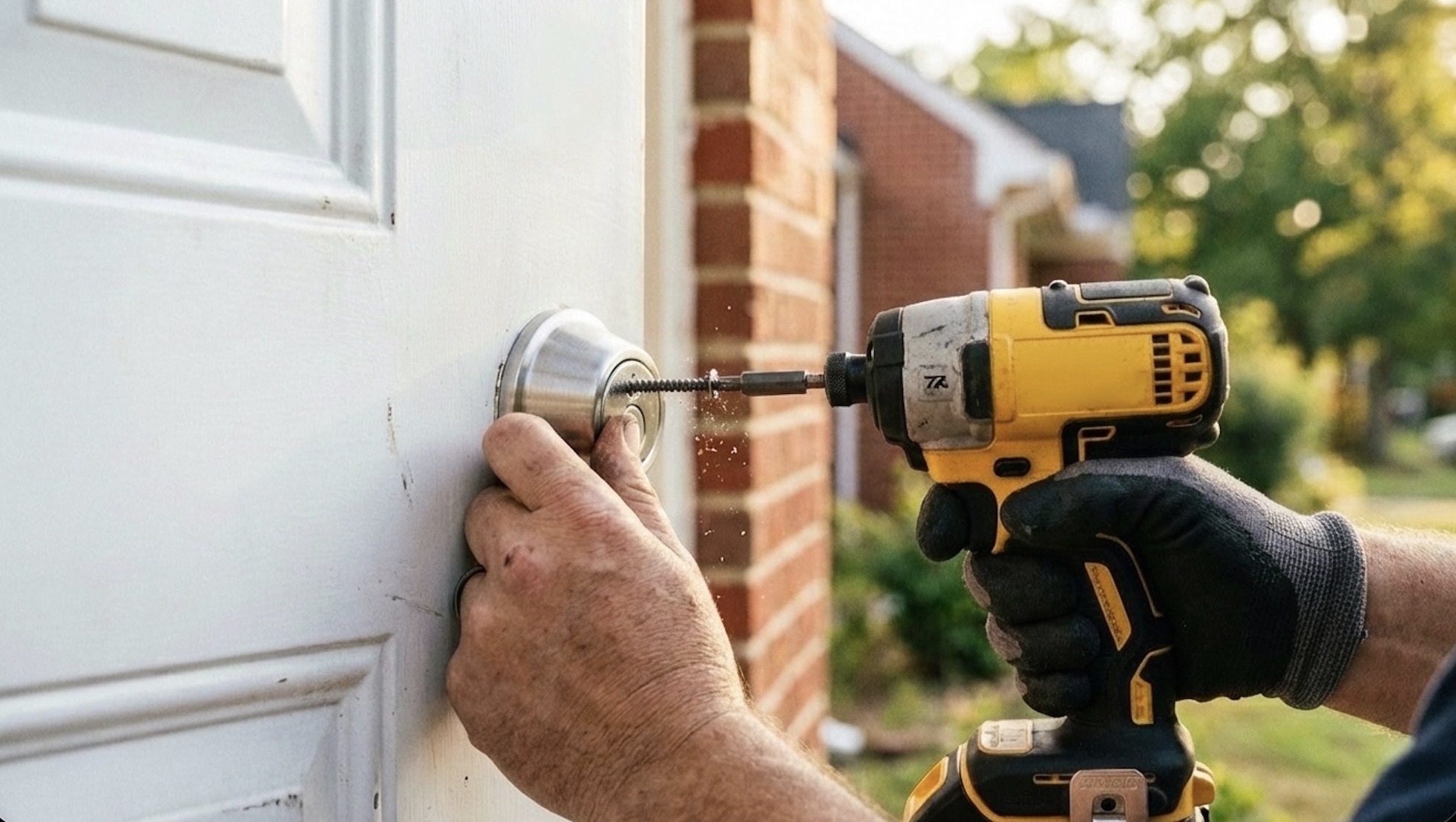
The deadbolt is the first line of defense in home and office security. Whether you are a homeowner, contractor, or business owner, a functioning door lock is vital for a safe, secure building. Jammed and malfunctioning door deadlocks can bring frustration at the least and exposure to safety risks at the worst. For a resource to troubleshoot deadbolt repair, look no further than this guide for fixing misaligned, loose, and sticking deadbolt locks.
In This Article
- How to Fix a Sticky or Jammed Door Deadlock
- How to Fix a Loose Deadbolt Lock
- How to Fix a Misaligned Deadbolt Lock
- How to Fix a Turning Cylinder in a Deadbolt Lock
- Other Common Deadbolt Repairs
- Know When to Replace a Deadbolt Lock
- Maintain Security with Door Locks Direct
1. How to Fix a Sticky or Jammed Door Deadlock
One of the most common deadbolt lock issues is sticking or difficulty turning. This is often due to a buildup of rust or grime in the components, preventing them from functioning easily.
Repair your deadbolt with a dose of WD-40 (or a similar product). This will loosen dirt and rust and provide lubrication. Apply a few sprays on the deadbolt latch itself, then rotate the thumb turn repeatedly to extend and contract the deadbolt. This should lubricate the internal components and get your deadbolt working more easily. For more stubborn jammed door deadlock cases, you may need to disassemble the deadbolt by removing the bolts on the interior portion, then removing the interior and exterior deadbolt housings to gain better access and more thoroughly apply lubricant.
This strategy also works if you need to fix a deadbolt that won’t turn with the key, since the buildup of debris can also jam the key cylinder. Spray an appropriate lubricant, like a dry lubricant, graphite spray, silicone-based lubricant, or WD-40 into the keyway, then repeatedly insert the key to lubricate the components.
2. How to Fix a Loose Deadbolt Lock
A deadbolt is assembled and held in place by a number of screws and bolts. Some of these screws may loosen over time, causing the deadbolt to shift and become misaligned with the strike plate. Misalignment prevents the deadbolt from extending fully into the strike plate, leaving your door vulnerable to unwanted entry.
Like a jammed door deadlock, this problem is fairly easy to fix, requiring only a screwdriver or two to resolve. Depending on which screws are at the root of the issue, you may need to remove the thumb turn assembly or other external parts to access and tighten the set screws. Thoroughly check and tighten all screws to realign your deadbolt.
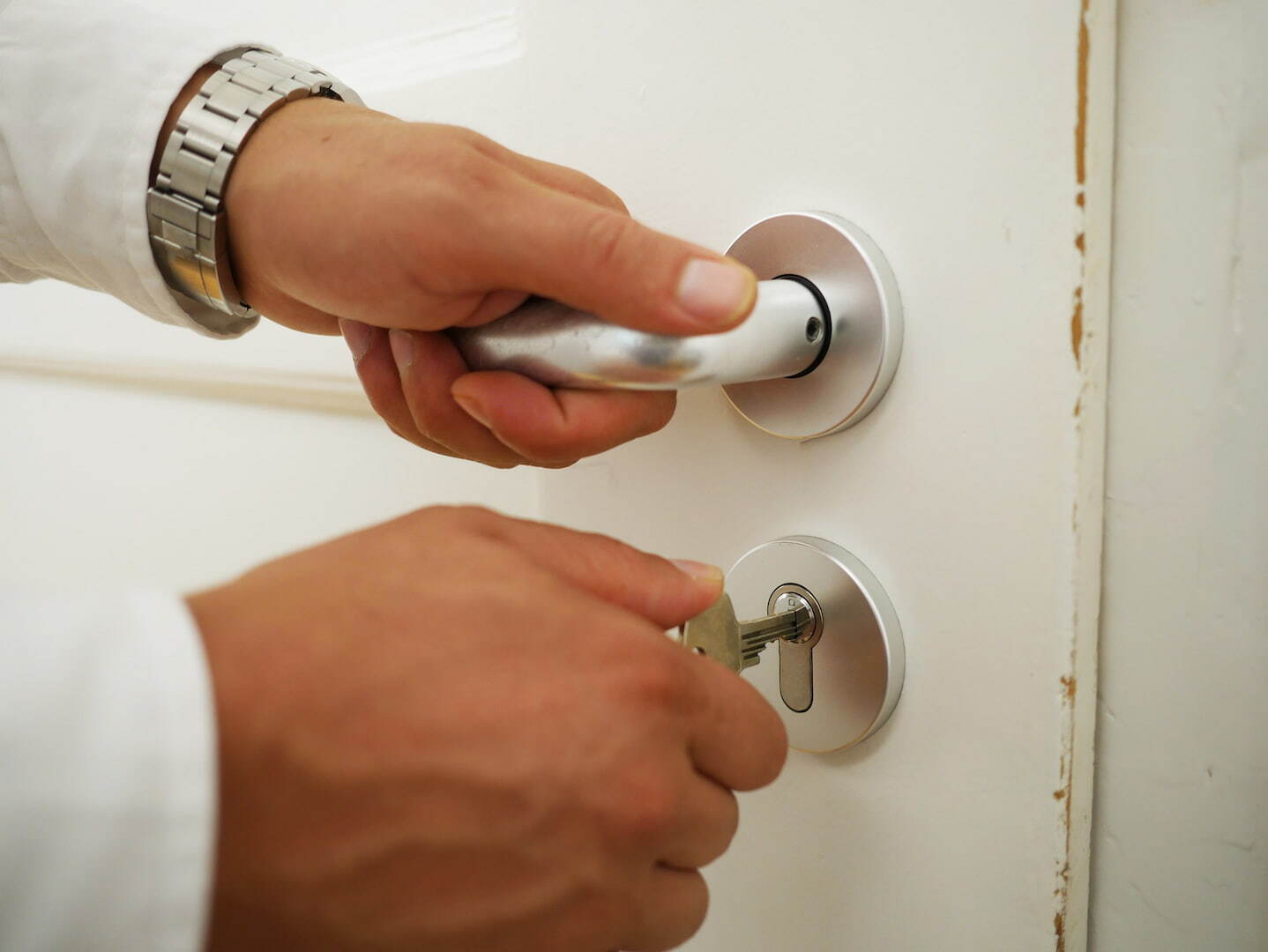
3. How to Fix a Misaligned Deadbolt Lock
In some cases, jammed door deadlocks occur in the absence of a loose deadbolt. For example, when the strike plate doesn’t match the deadbolt, is improperly installed, or when doors and door frames adjust to climate shifts and no longer line up correctly.
First, check your door to see if it is warped or crooked. One clear indication is if the door snags against the door jamb when you open and close it. Adjust the screws in the hinges to fine-tune your door’s alignment. If it isn’t warped or misaligned, you likely need to modify or reposition the strike plate. This may involve filing the plate opening and expanding or drilling new holes in the door frame to fix your jammed door deadlock and allow full extension.
4. How to Fix a Turning Cylinder in a Deadbolt Lock
If you insert your key into the cylinder and the entire mechanism turns, you might be dealing with another problem with the set screws. They may be excessively loose or broken.
Disassemble your lock to identify which screws are failing. Depending on the specific type of lock, this can be very simple, or it can mean digging deeper into your lock components and accessing multiple screws to get to the root of the issue. Tighten the problematic screws or replace them to restore the door deadlock’s function and prevent it from getting jammed in the future.
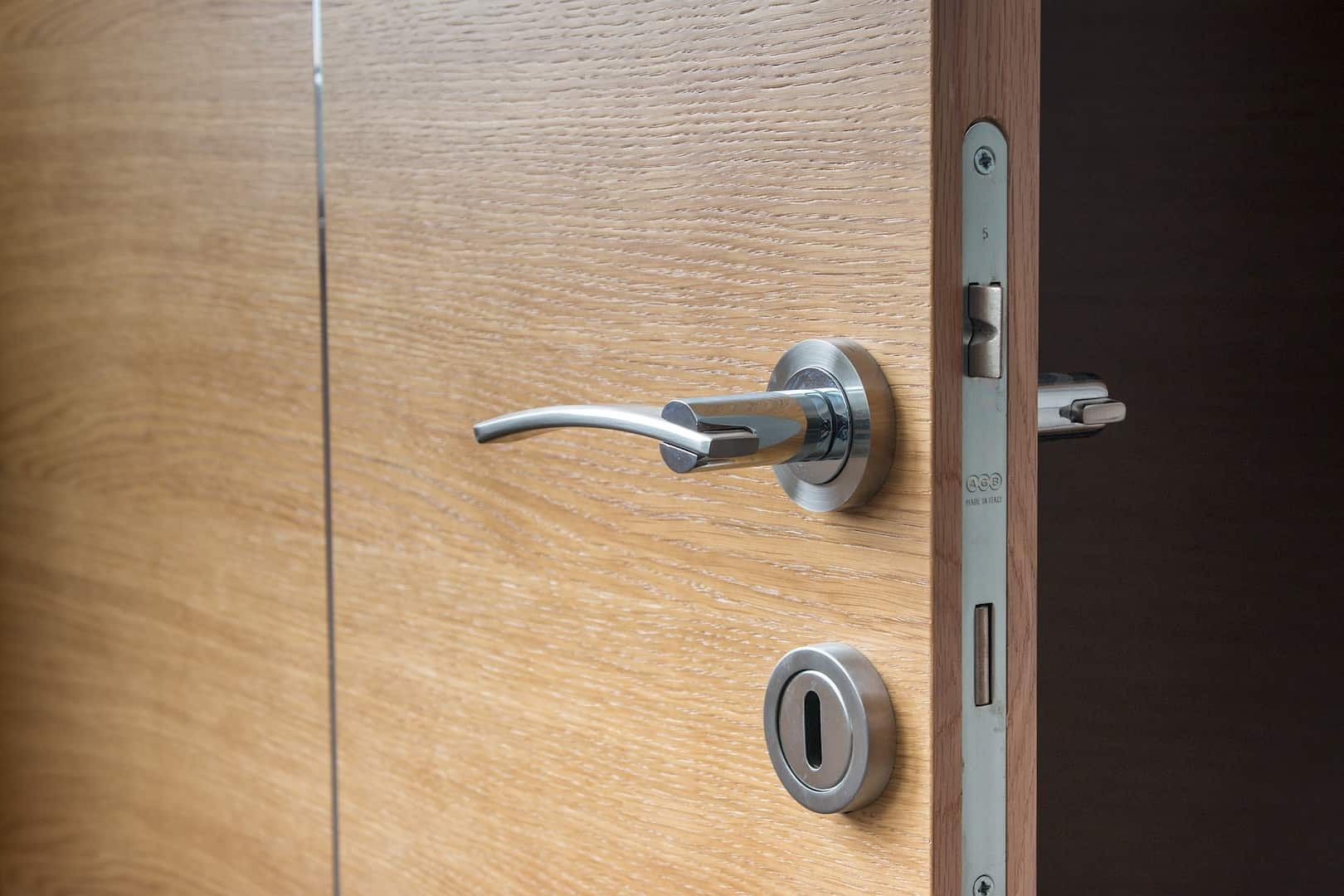
5. Other Common Deadbolt Repairs
In addition to your deadbolt locks sticking, here are a few issues that may prevent your lock from functioning:
- A frozen lock
- A worn key
- A key fragment in the lock
To fix these deadbolt lock issues, follow these steps:
- To defrost a frozen lock, apply WD-40 or some hand sanitizer to the stem of your key, then insert it into the cylinder. Make sure to work gently and avoid breaking the key off inside the lock.
- If your key’s teeth are worn down and no longer unlock the deadbolt, have a new key made at a hardware or home improvement store.
- A key broken off inside your lock is slightly more complicated, but it is possible to DIY with the right tools. Carefully pry the broken piece out with a flathead screwdriver, needle-nose pliers, or another slender tool. Or, remove the lock cylinder and push the blockage out from the opposite end. Take care not to damage the lock or break the key fragment into smaller pieces.
6. Know When to Replace a Deadbolt Lock
Knowing how to fix a jammed door deadlock can save you a lot of time and frustration, but there are times when know-how and a can-do attitude are not enough. Some sticking deadbolts and lock problems are beyond repair, requiring the replacement of the entire apparatus. We make this process easy with our convenient online ordering, vast selection of styles and finishes to match your existing decor, and free standard keying on all orders. Here are some instances in which you may need a new deadbolt lock:
- You no longer have the keys
- The deadbolt is severely rusted
- Parts of the lock are damaged or broken
- The tailpieces are bent
<p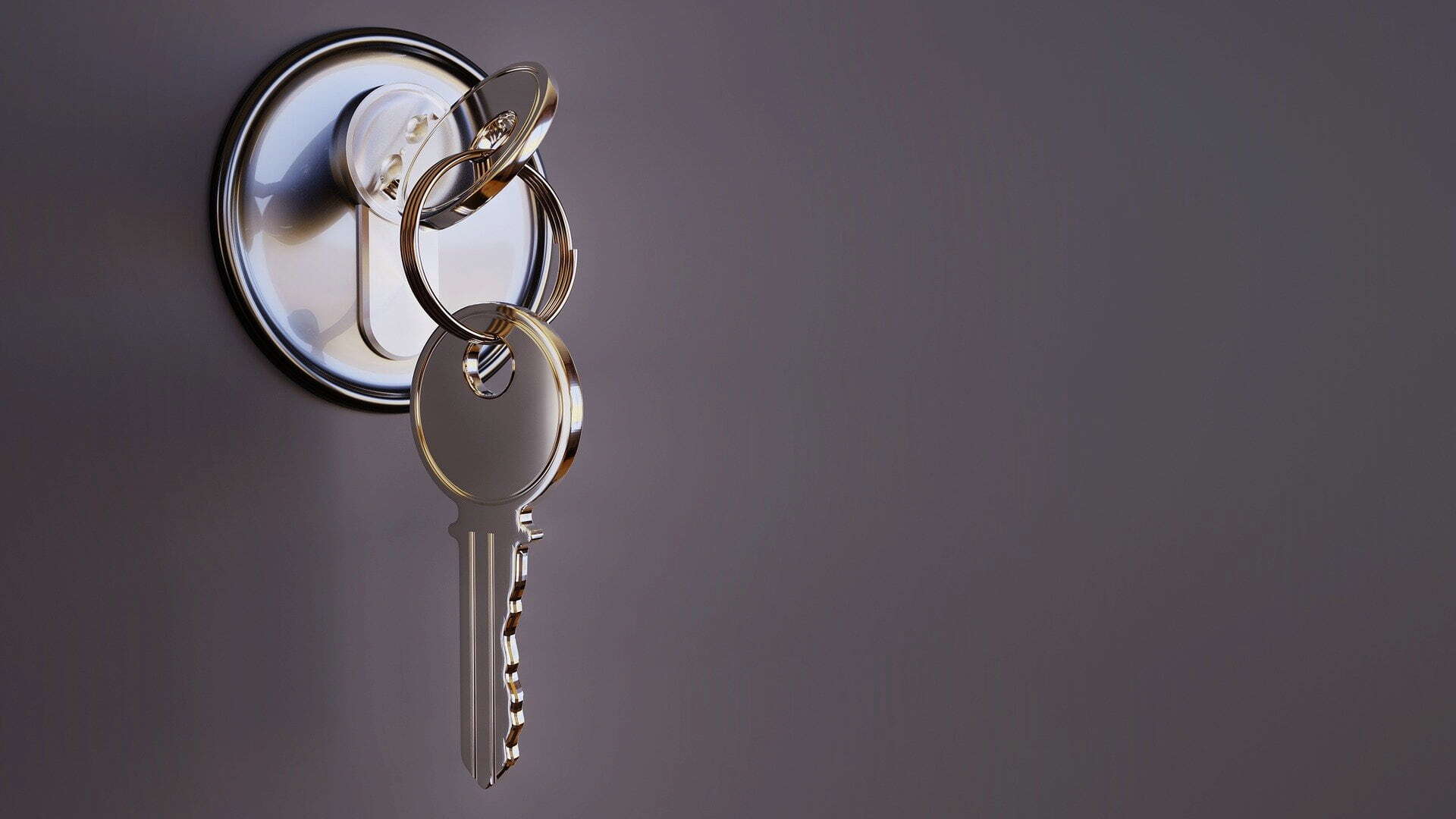
Maintain Security with Door Locks Direct
Ensuring that your deadbolts are functioning is an irreplaceable step to securing your home or business. Use this guide for fixing jammed and malfunctioning door deadlocks to keep them working smoothly and maintain your home security. For professional guidance on deadbolt repair, contact our friendly experts at Door Locks Direct. With decades of experience in every type of deadbolt, lock, and door hardware solution, we are ready and eager to answer all your door-related questions. Contact our specialists for all your door lock needs!
